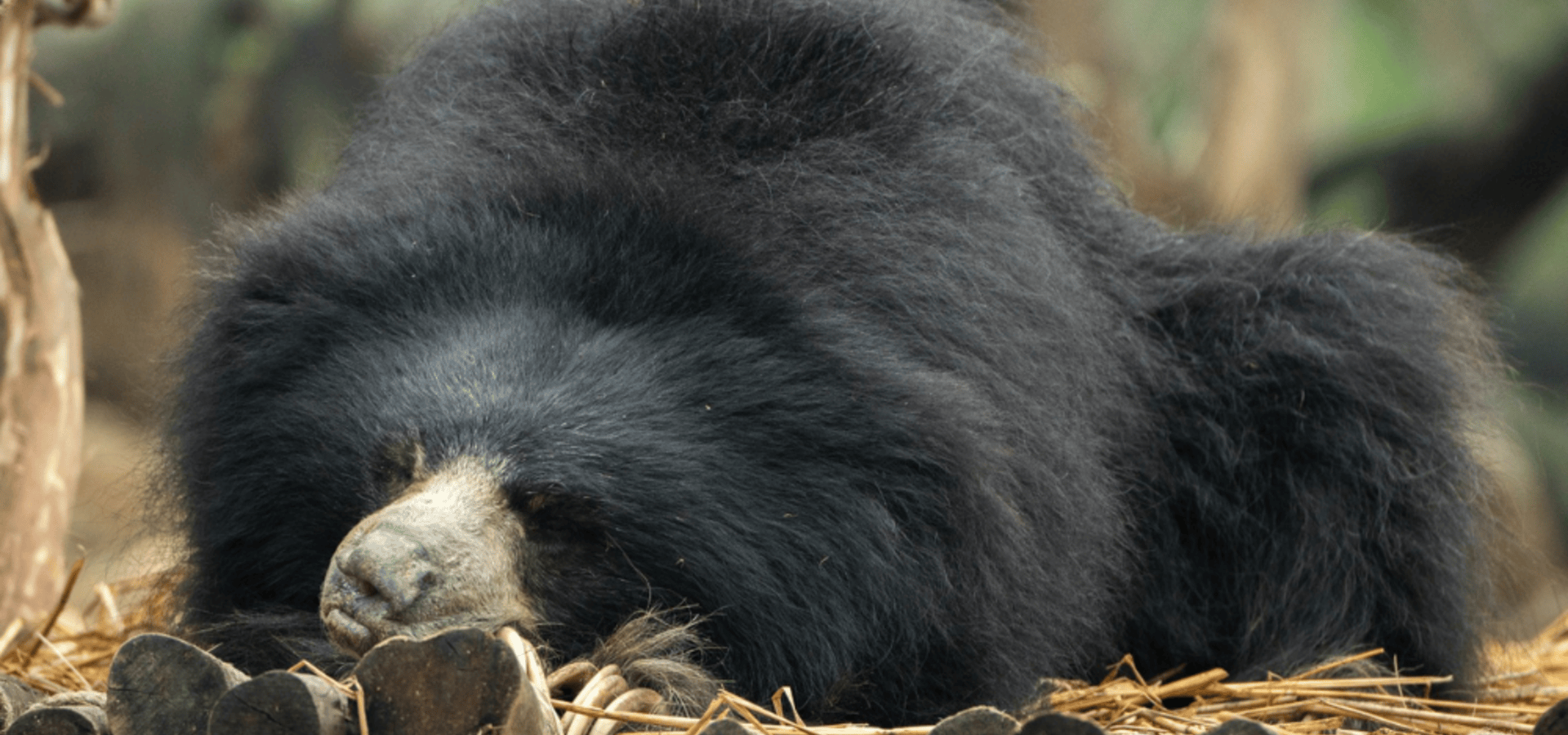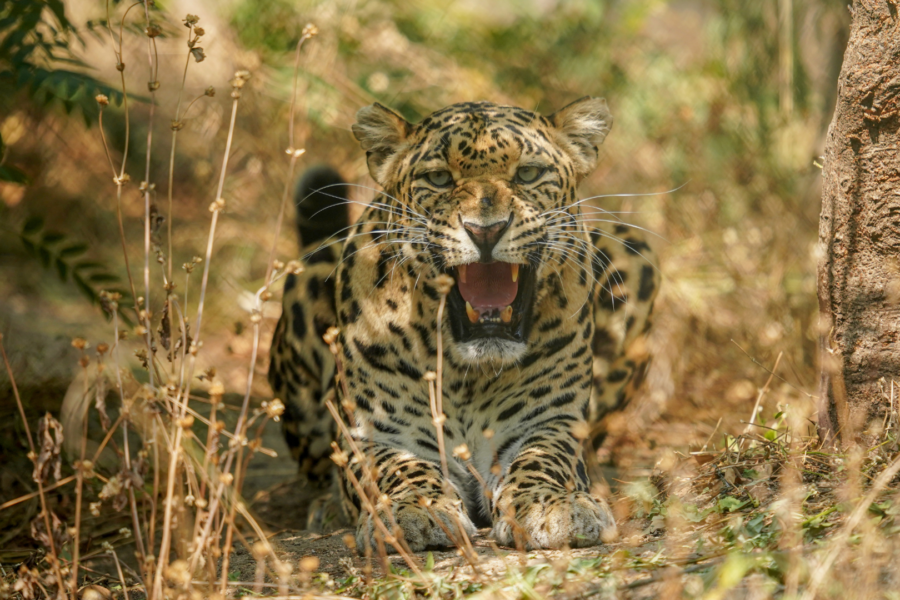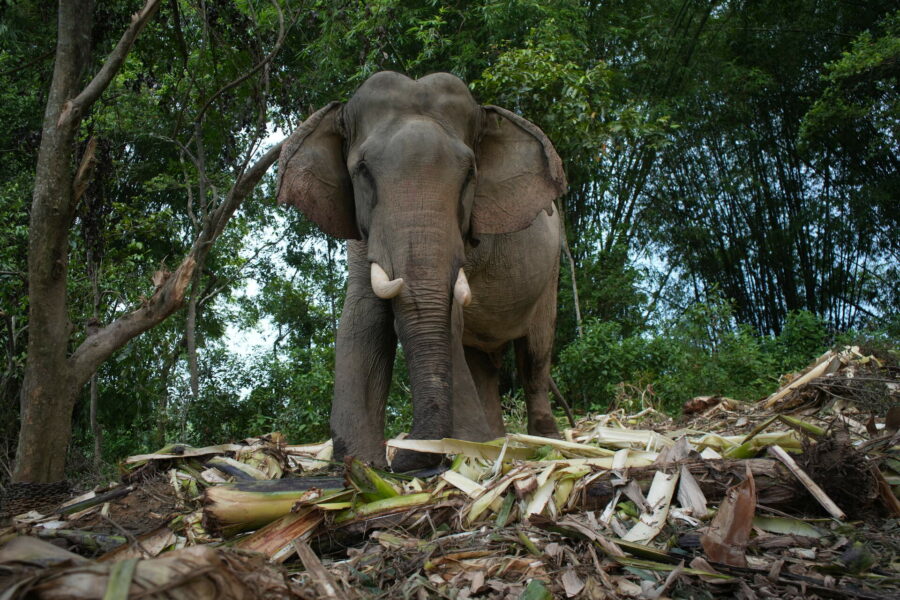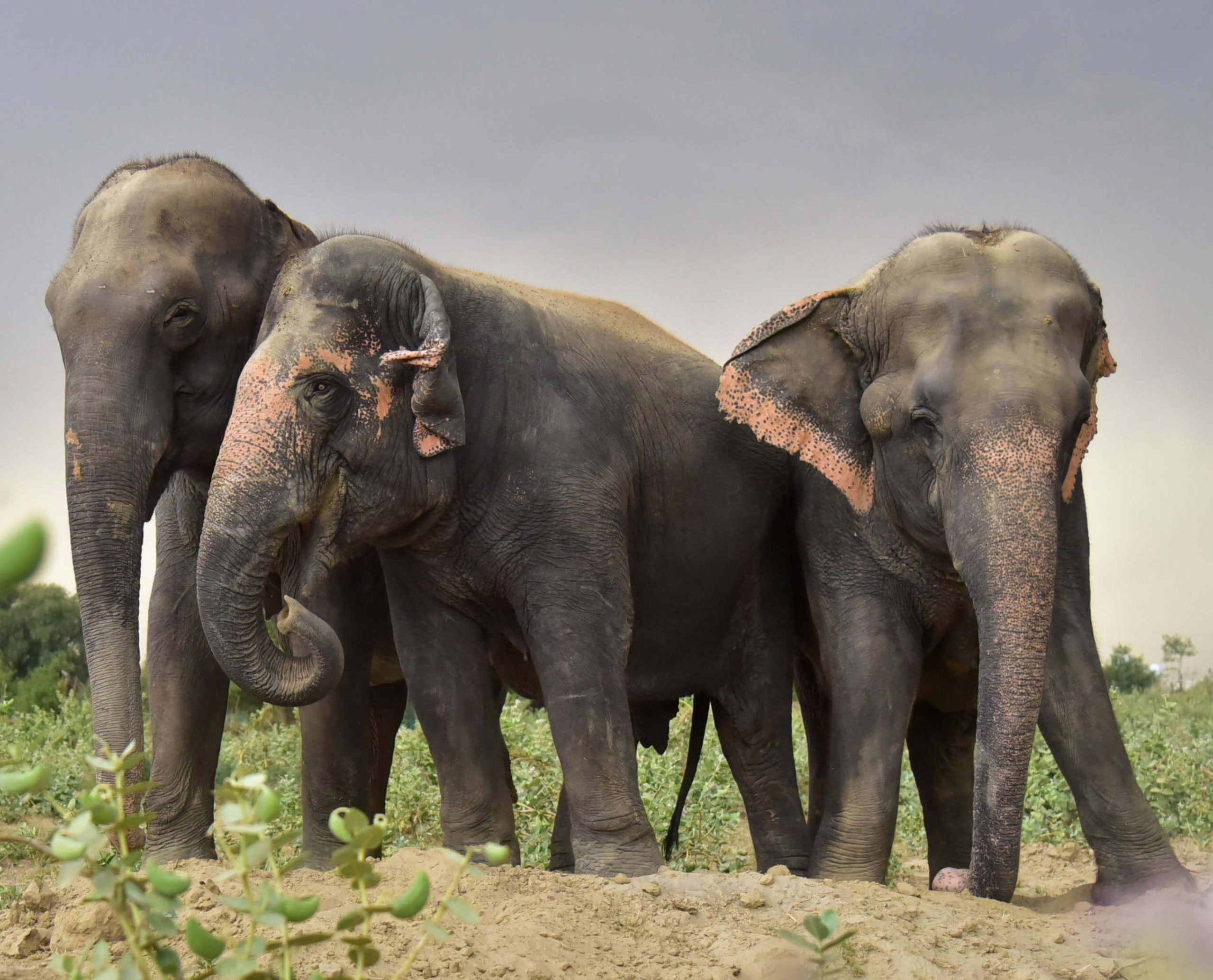There are a few things as comforting as the warmth of one’s home, especially when a legion of tiny, crystalline snowflakes dance softly in the air. At times like these we wish, perhaps more unitedly than ever, for nothing more than to curl up in a cosy blanket and sleep until spring. However kooky this idea may sound for humankind, for some animals, this is a reality!
Welcome to the fascinating world of hibernation — a natural phenomenon that’s as mysterious as it is marvellous. But what exactly is hibernation? And who are the champions of this ultimate snooze-ey survival strategy? Is there more to it than just a long nap? Let’s dive in and explore the science behind nature’s deepest nap.
What Is Hibernation?
Often assumed as a period of being fast asleep, hibernation is actually a state of dormancy that slows down physical functions and allows animals to survive periods of extreme cold or heat. It is an extension of torpor — a state of physical or mental inactivity — which is their biological response to survive the challenges these polarised seasons bring such as frostbite, dehydration and most importantly, food scarcity. During hibernation, an animal’s body temperature alters significantly, its metabolism slows, and its heart rate and breathing become minimal. Think of it as putting your human body into power-saving mode — a dynamic way to outlast the extremities of the season when resources are scarce.
However, just like the biosphere of each environment differs from one another, not all hibernation is created equal. Some animals enter a deep sleep-like state for months while others experience a lighter form of dormancy, some enter hibernation in winters (winter sleep) while others in summer (aestivation), waking periodically to snack or stretch out their stiff limbs. There are even species that don’t hibernate in the traditional sense, but have their own unique ways of braving harsh seasons. This brings us to our next topic, how many types of hibernation exist?
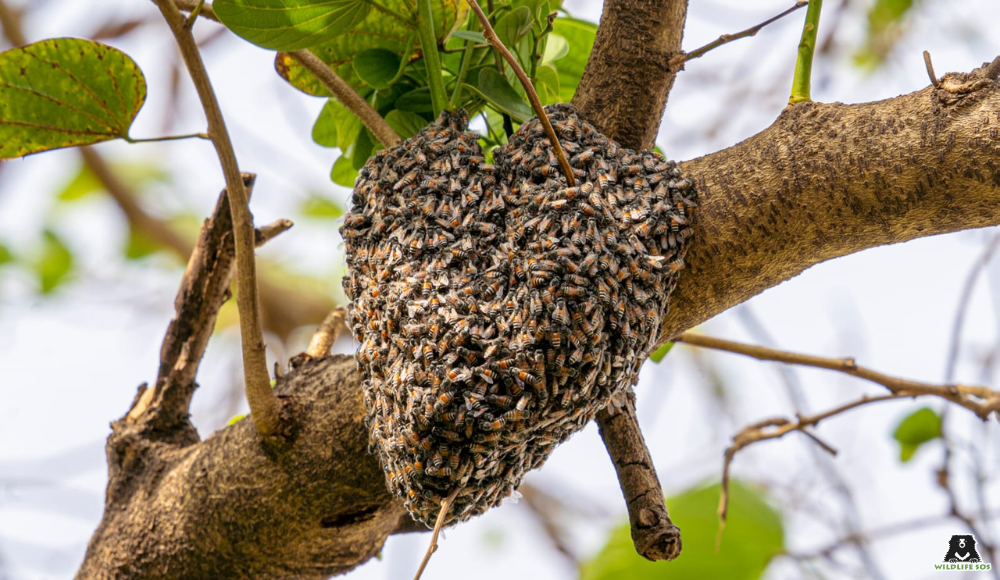
Types of Hibernation
True Hibernation
Starting off with the most familiar concept, true hibernation is a state in which the body’s functions slow down dramatically. These animals remain dormant for months, relying entirely on fat reserves they spent building up long before the winter months take over the horizon. Some examples include:
- Bats:
These flying mammals often hibernate in caves known as hibernacula, clumping together in large clusters to preserve warmth. Certain species such as the little brown bat (Myotis lucifugus) hibernate for as long as six months and can lower their heart rate to as little as 8 beats per minute as compared to their normal 1300 beats per minute in flight.
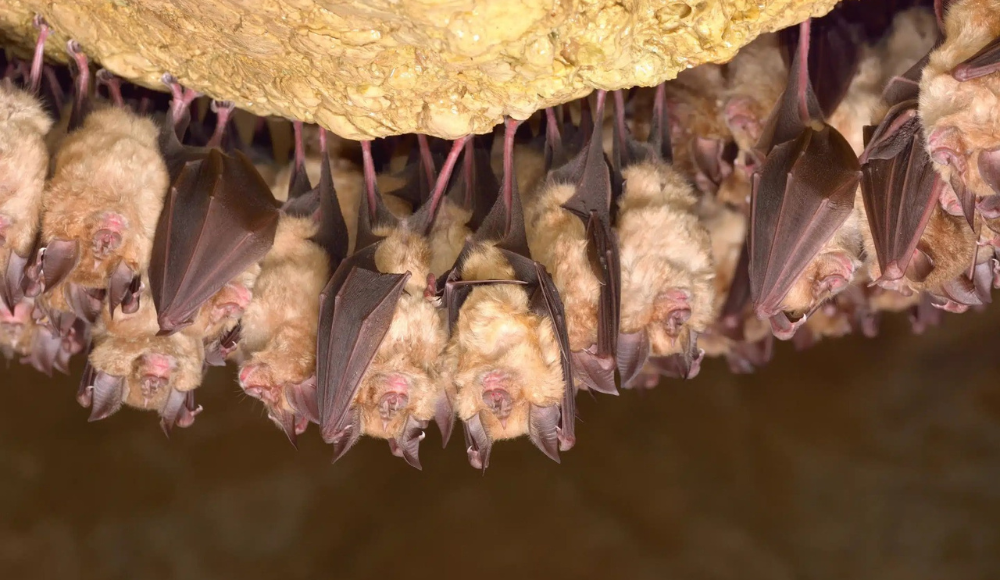
- Groundhogs:
Every year on February 2nd, a unique tradition takes place in Punxsutawney, Pennsylvania. Americans gather with excitement to see the famous groundhog, Punxsutawney Phil, as he comes out of his warm burrow. According to them, if Phil sees his shadow, it means six more weeks of winter; if he doesn’t, it signals the arrival of spring.
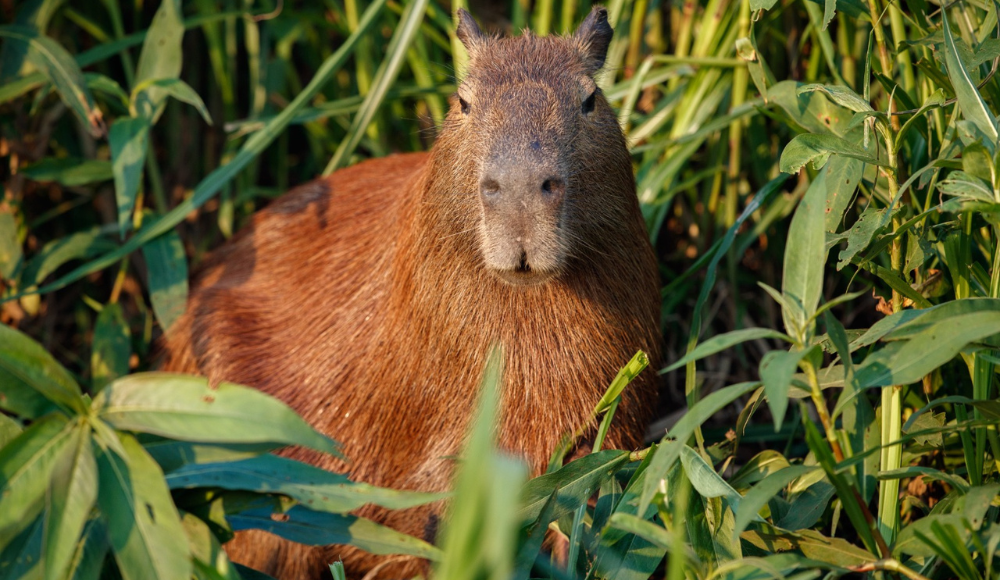
Torpor
Torpor, often confused with hibernation, is more like an afternoon nap. It’s a comparatively lighter state of dormancy that animals enter for shorter periods. During this time, their body functions are slow, but movements can occur occasionally.
- Hummingbirds:
Hummingbirds, known for having the highest metabolism in the animal kingdom, employ fascinating strategies to survive in the dark of the night. These tiny birds need to feed every 10–15 minutes daily just to meet their high energy demands. However, every night due to unavailability of food, their metabolism drops and they enter a mini-hibernation, i.e., torpor. Their body temperature drops from around 40°C to as low as 10°C, allowing them to conserve energy.
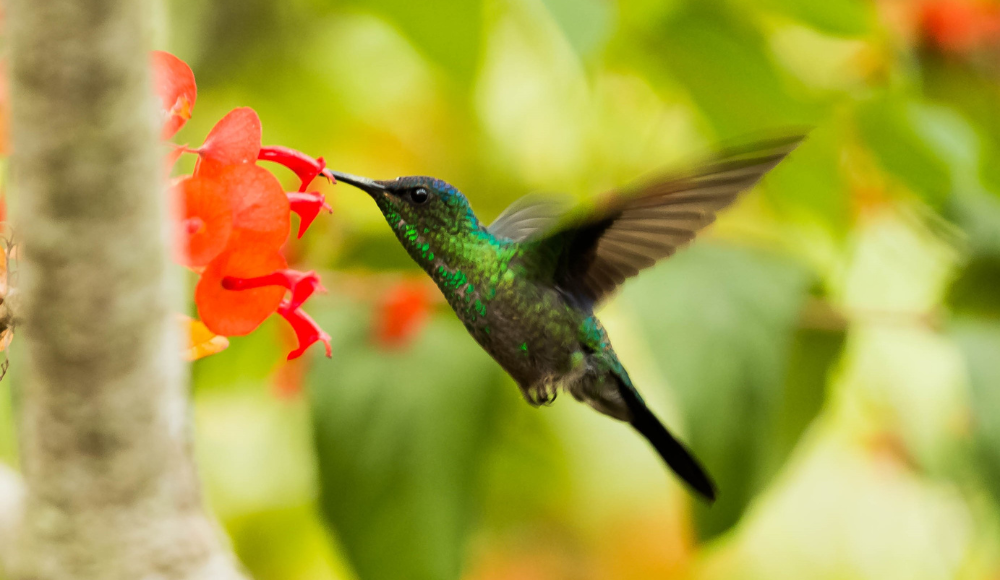
- Bears:
Despite popular belief, bears’ winter sleep is more like an extended torpor than true hibernation. Before they hibernate, bears enter into hyperphagia (a state of insatiable hunger) and put on a significant weight in preparation of prolonged inactivity. Their body temperature only drops slightly, allowing them to react more easily if disturbed or attacked. However different bear species have their own unique hibernation behaviours:
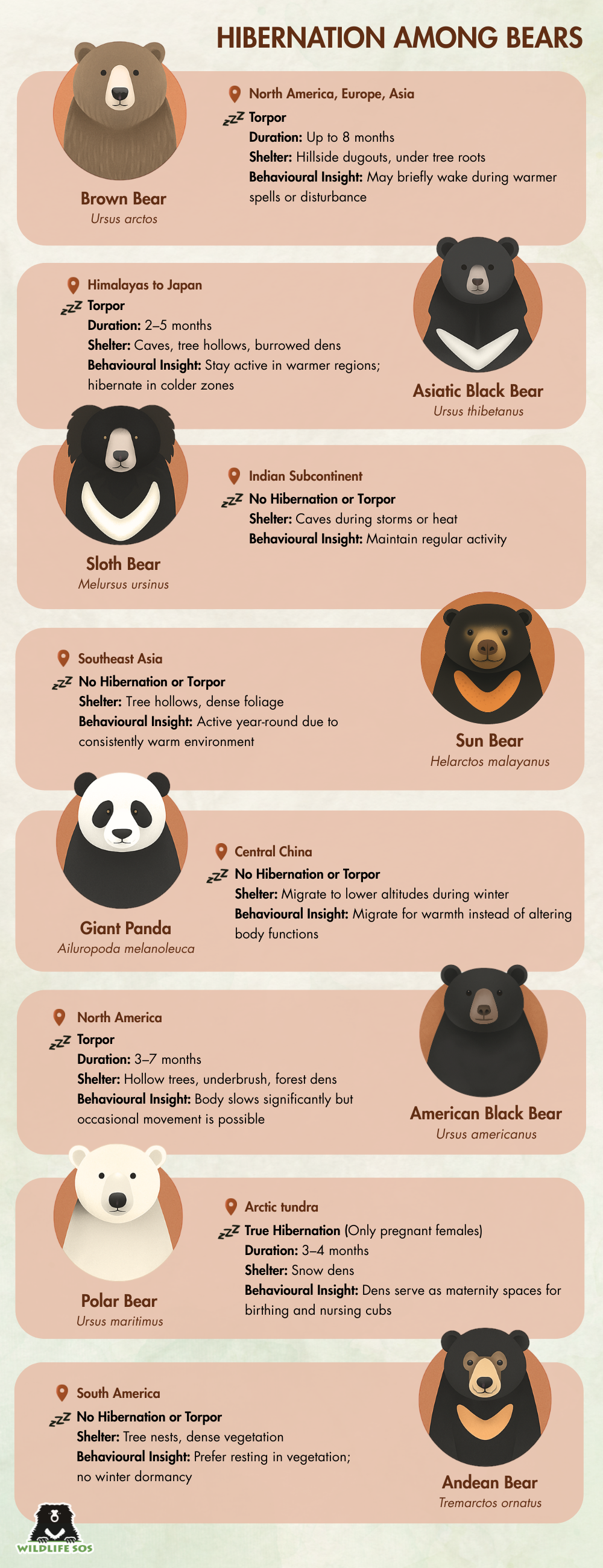
Brumation
Unlike torpor that occurs in both warm and cold-blooded animals, brumation is a version of dormancy that only cold-blooded animals like reptiles and amphibians experience. These animals are also called ectotherms as they rely on external temperatures for body heat. When they enter brumation, their body temperatures and metabolic rate drop, and while they can sustain themselves without food, they occasionally move to drink water.
- Frogs
A number of frogs exhibit remarkable survival mechanisms in cold weather but the wood frog (Lithobates sylvaticus) stands out with its unparalleled abilities. While most other frogs and toads spend winter hidden underwater or below the frost line, wood frogs adopt an astonishing strategy by freezing solid. As the spring arrives, these organisms defrost and reanimate into living states as they hop away. This fascinating phenomenon is possible due to the exceptional biological antifreeze they produce that consists of urea and glucose. It is because of this incredible ability that they can endure extremes of the weather and prosper even in northern regions like Alaska.

The wood frog freezes in winter and defrosts in spring, all owing to its unique biological features. [Photo (c) Flickr]
- Snakes
These scaly beings often huddle together in dens to conserve heat during the harsh winter months. Common garter snakes (Thamnophis sirtalis), widespread across North America, are particularly famous for gathering in large numbers for brumation — ensuring mutual warmth and survival. An example of this behaviour occurs at the Narcisse Snake Dens in Manitoba, Canada. Each spring, tens of thousands of red-sided garter snakes emerge from their underground dens, creating the world’s largest concentration of such snakes, which has also become a popular tourist attraction.
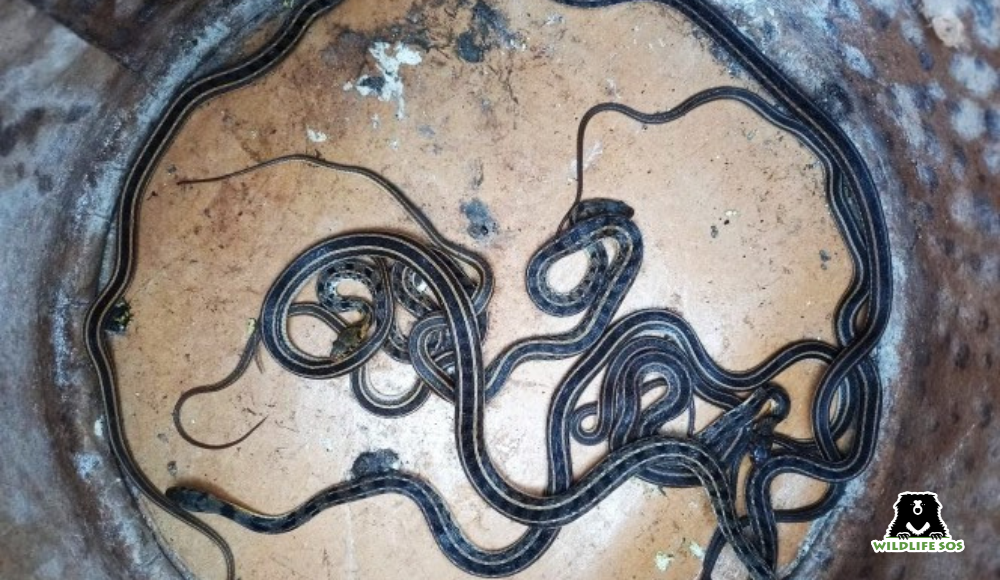
Aestivation
Just as winters can be extremely cold and biting, summers can be scorching hot and unforgiving. While hibernation tackles the cold, aestivation is all about surviving extreme heat and dryness. Think of it as summer hibernation, where animals become inactive and hide away in the shades of trees or shells or soil.
- Snails:
Snails may look like lazy little crawlers, but their shells are more than just fancy armour for their squishy bodies! When the heat turns up, snails beat it by retreating into their shells and sealing the entrance with a layer of mucus. Yes, snail slime saves the day, keeping the animal nice and moist inside, and protecting the shell from cracking in the dry air. Think of it as a snail’s summer snooze, where their metabolism slows down to less than 30% of its usual pace.
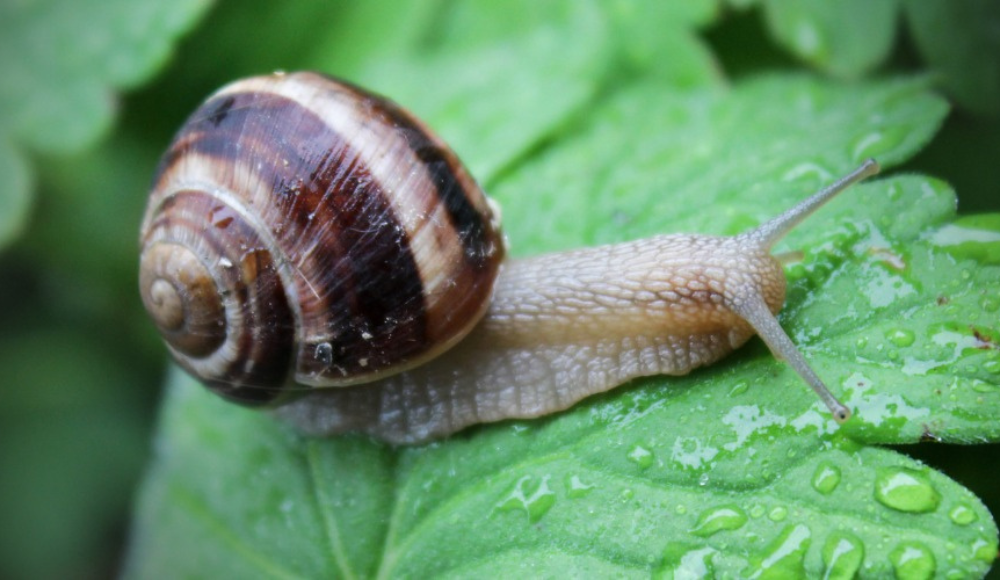
- Crocodiles:
When heat waves start to get to the head, you know what crocodiles do? They get muddy! When the heat dries up their watery homes, crocodiles like the mighty Nile crocodile (Crocodylus niloticus) burrow mud dens as deep at 39 feet to escape the scorching sun. It’s their version of a summer power nap, perfectly designed to outlast droughts in harsh regions like Africa and Australia.
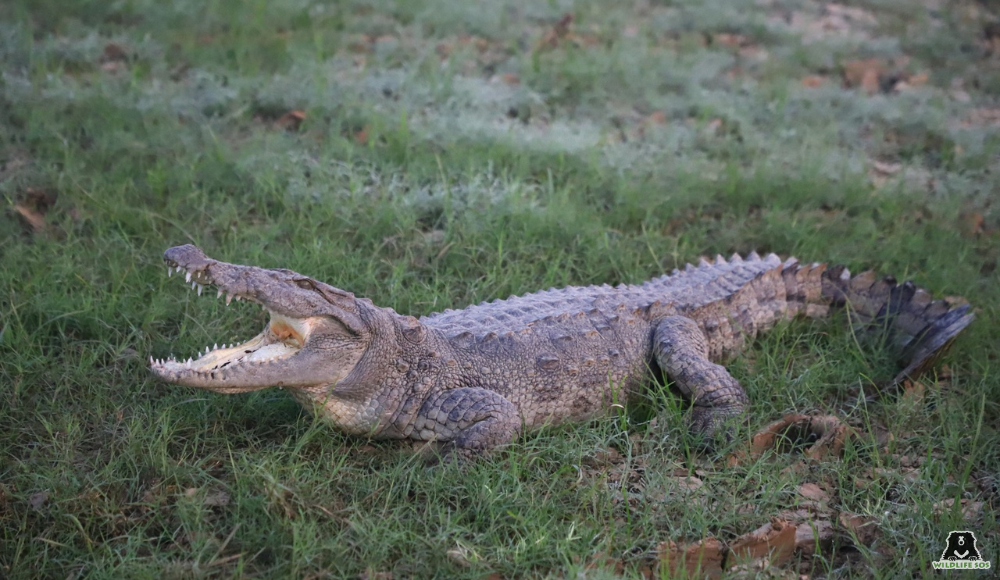
Diapause
Ever wished you could hit the pause button on life? Well, some insects have mastered that skill with a strategy called diapause! Unlike hibernation or torpor, diapause completely halts certain insects’ development in response to environmental challenges like cold weather, drought, or food shortages. It’s as if they stop their biological clock, waiting until conditions improve to carry on with life. This survival superpower lets insects synchronise their life cycles with favourable seasons, and truly live as they please!
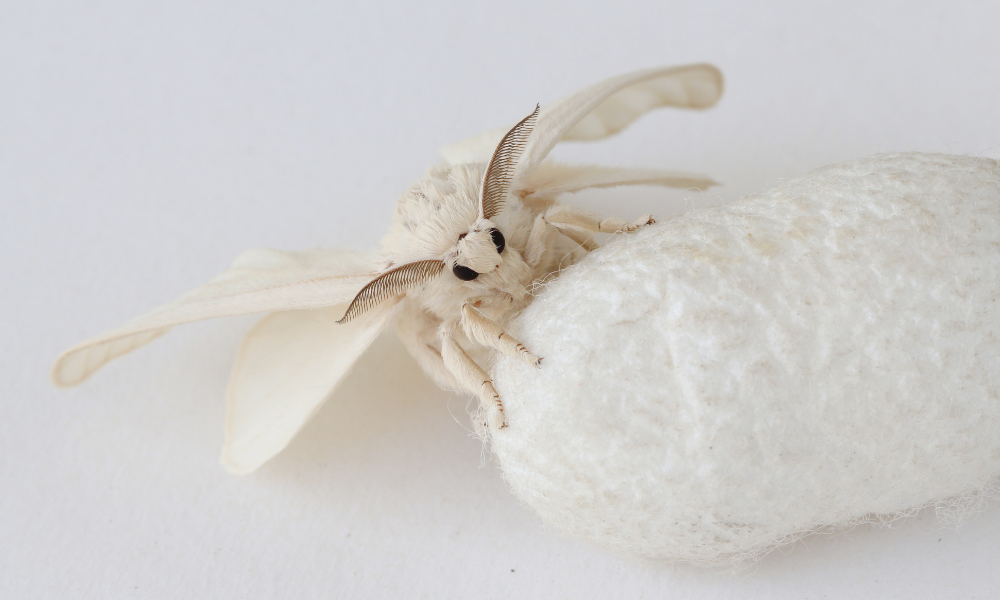
Hibernation teaches us that we all need to pause, reflect, and embrace the graceful progression of life. It is nature’s way of saying, “Take it easy, the tough times will pass.” So, the next time you feel like hitting snooze on a frosty morning, don’t feel too bad, it’s only natural!
For more such fascinating insights into the world of wildlife and conservation, subscribe to the Wildlife SOS newsletter.
Feature image: Atharva Panchare/ Wildlife SOS

